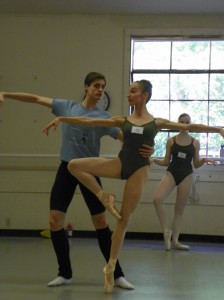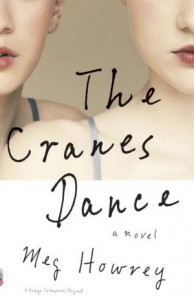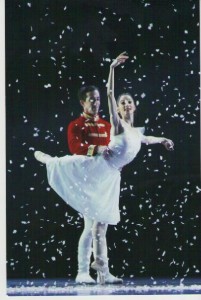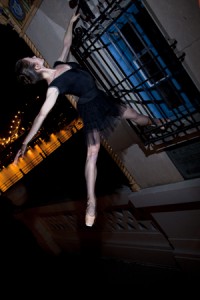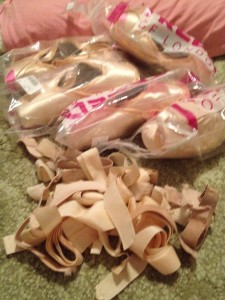by Emily Kate Long

Last month I had the opportunity to return to the role of Mina Murray-Harker in Deanna Carter’s Dracula. It was the season opener for Ballet Quad Cities when I joined the company in 2009, and my experience then was radically different from now. The process of re-learning got me thinking about the dancer’s function in the existence of a role. To remember and pass on steps is one thing, but what about the aspect of characterization? We must preserve, but we must also advance. Interpretation and personalization are inherent in live art. How can we go about our work in a way respects the choreographer’s wishes?

Mina was the first real character role I ever danced, and Dracula was the first ballet I ever performed as a full member of a professional company. It was the beginning of my awareness of the huge clash between the academic, black-and-white (or, perhaps more appropriately, black-and-pink) framework I clung to as a student and the messy, splatter-colored, pick-your-own-adventure world of a professional career.
My professional performing experience up to that point had consisted largely of being the third-shortest girl in a line of umpteen in hundred-year-old tutu ballets. Conformity was the order of the day, and I quaked in my pointe shoes at the prospect of sticking out—being noticed usually meant you had done something wrong. We had a saying at Milwaukee Ballet among the trainees: “Know your role and shut your hole.” Great for staying out of trouble, not so great for artistic self-discovery.
I had anticipated that professional life would just be an extension of what I already knew: take class and do as I was told, learn choreography and do as I was told, perform choreography and hope I didn’t get reprimanded afterwards. Feedback or not, there was always the nagging question of whether my work had been good enough. Little did I know that being an artist has a lot more to do with being honest and generous and responsible than about being right by arbitrary standards. [Read more…]






